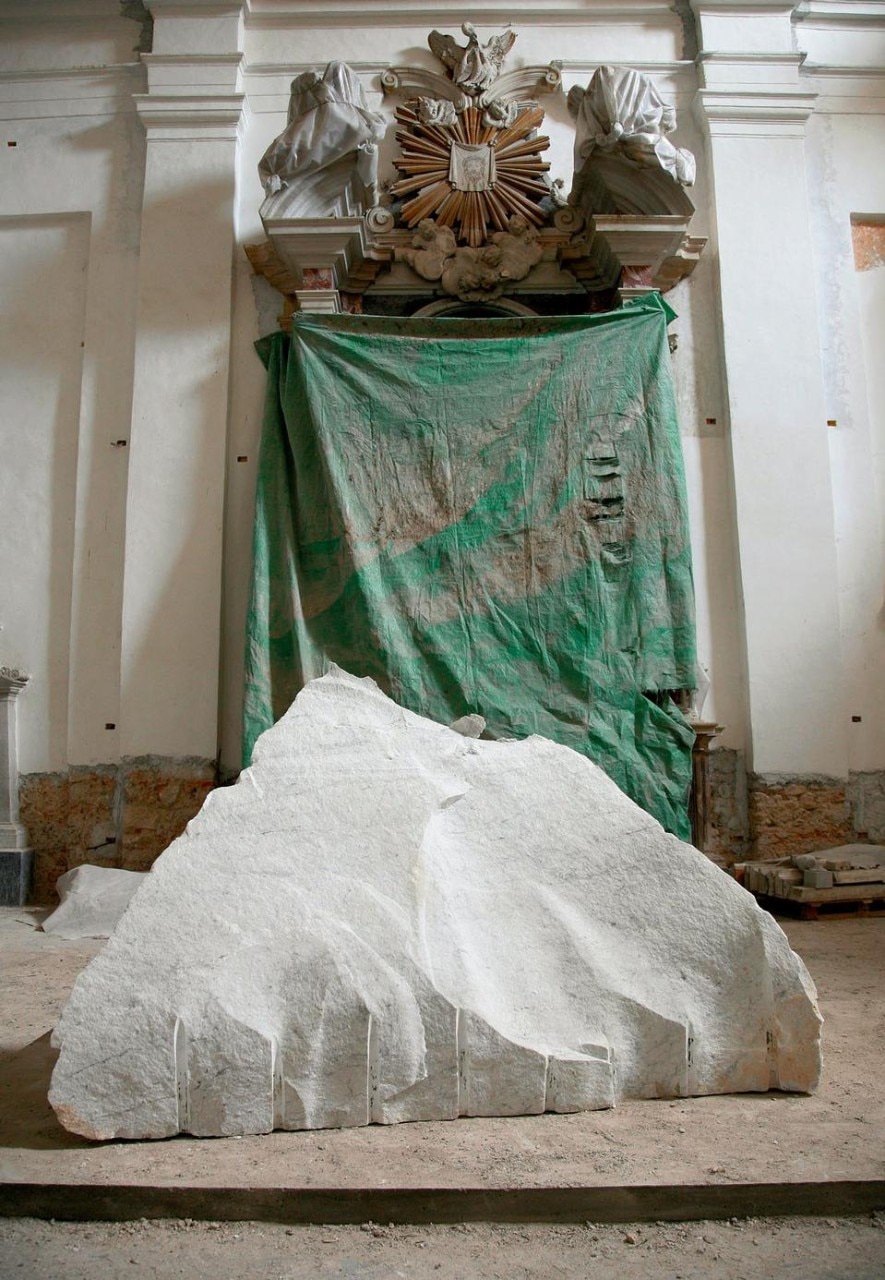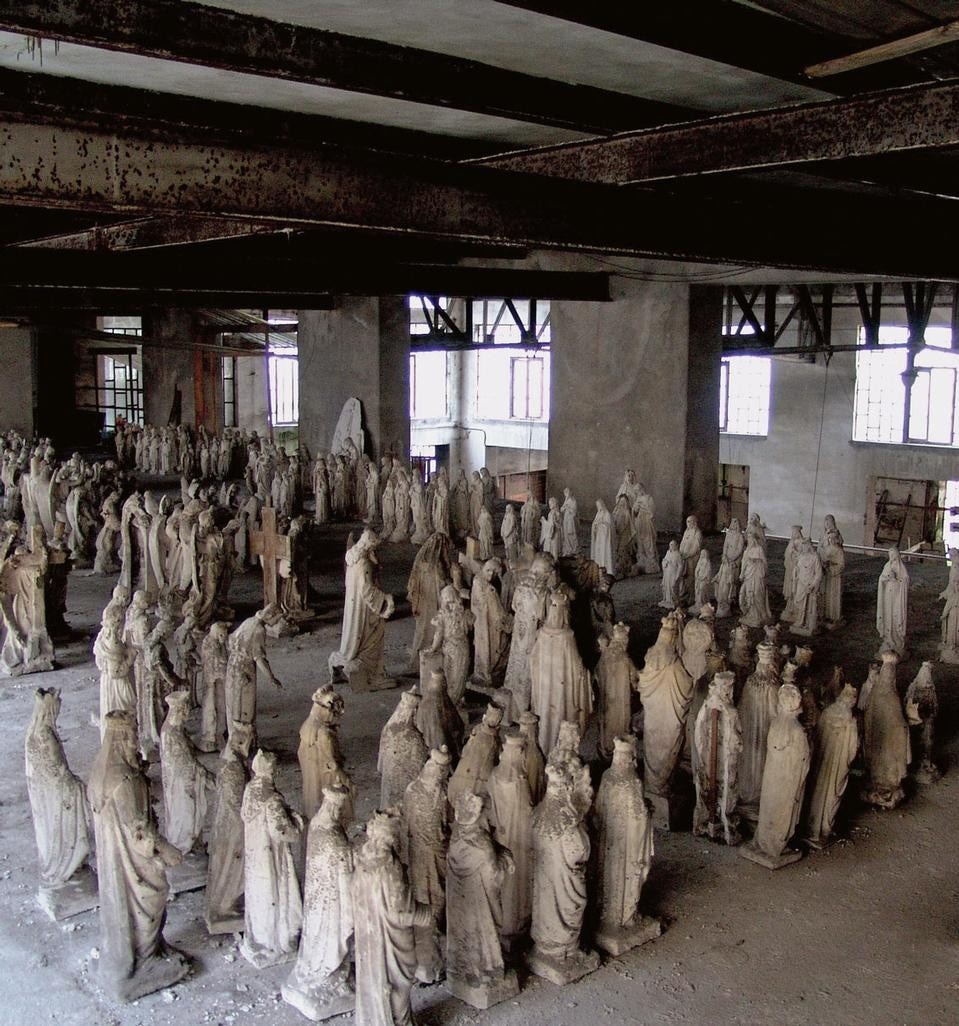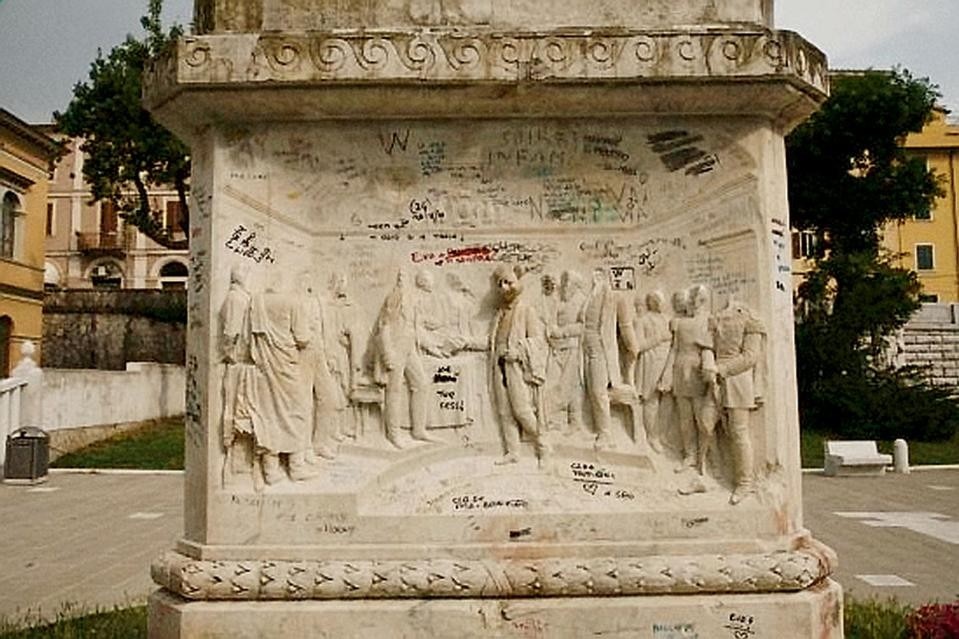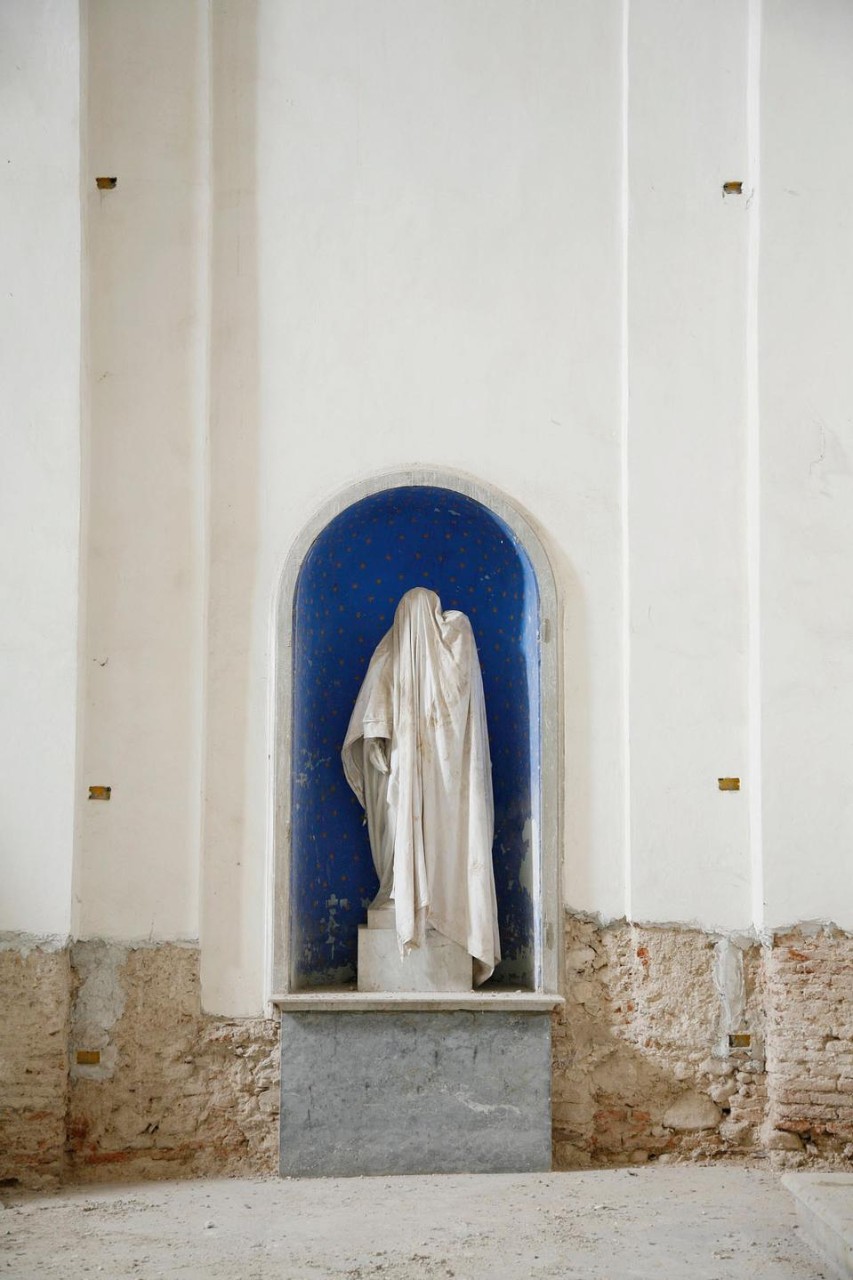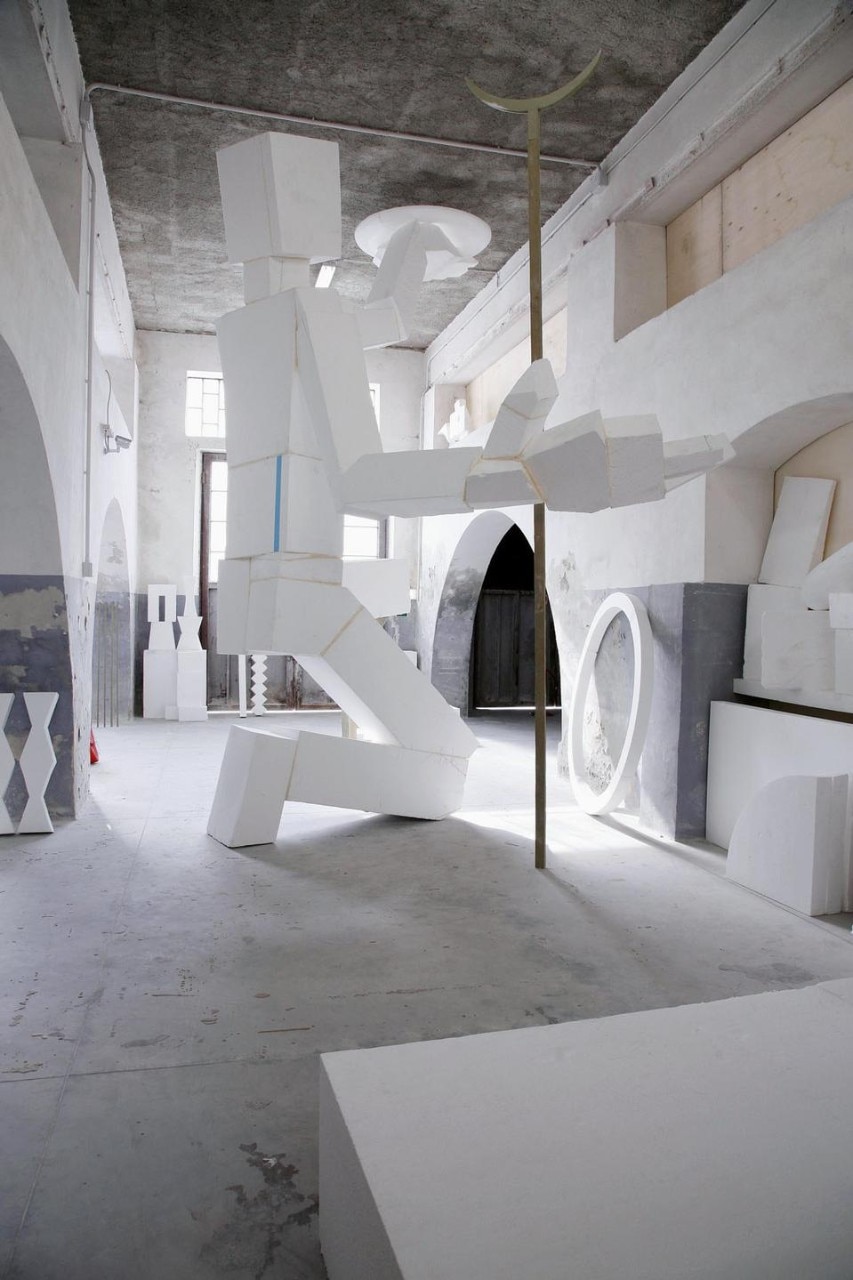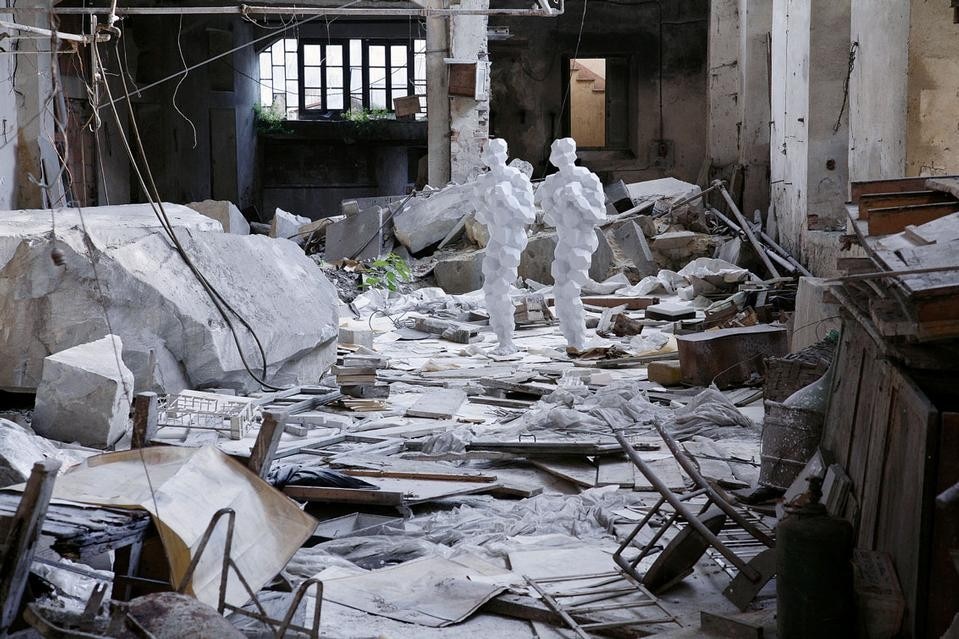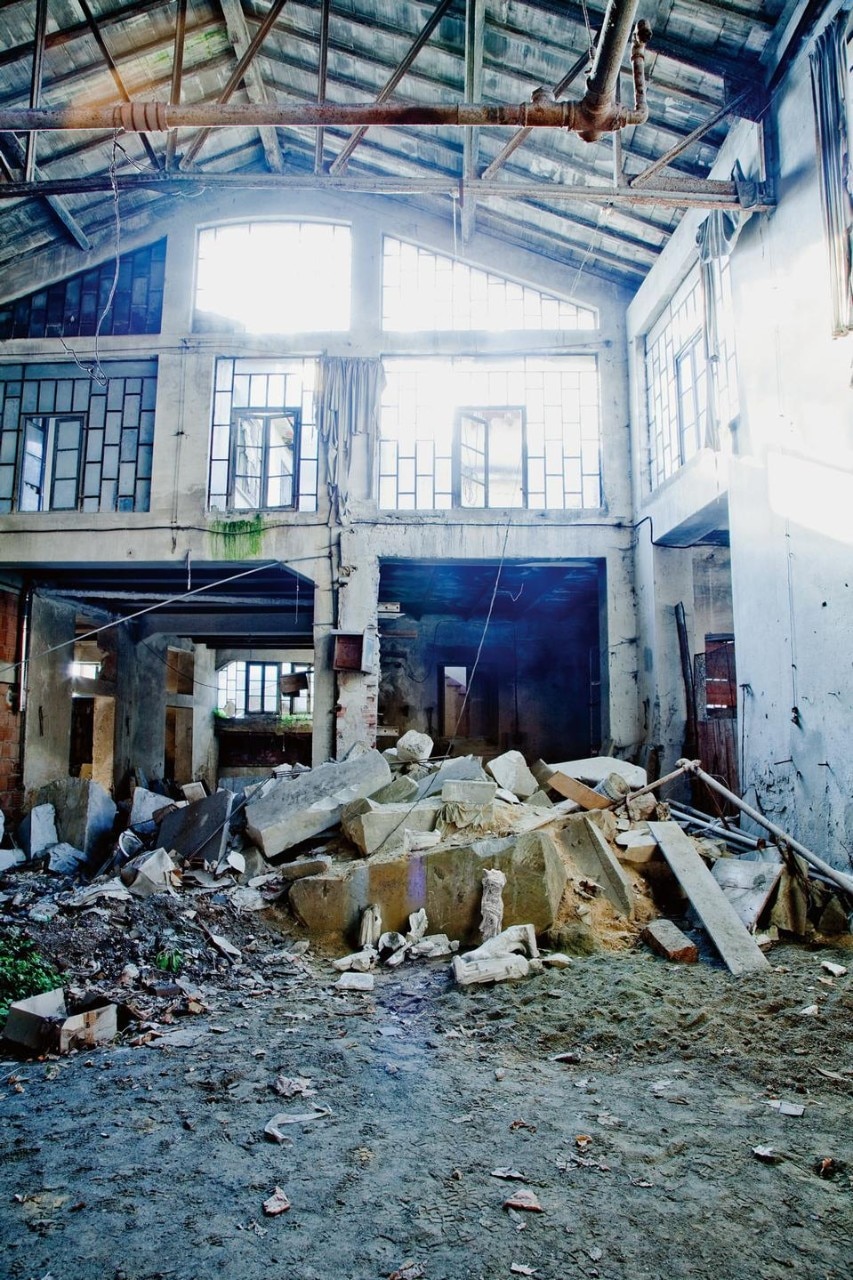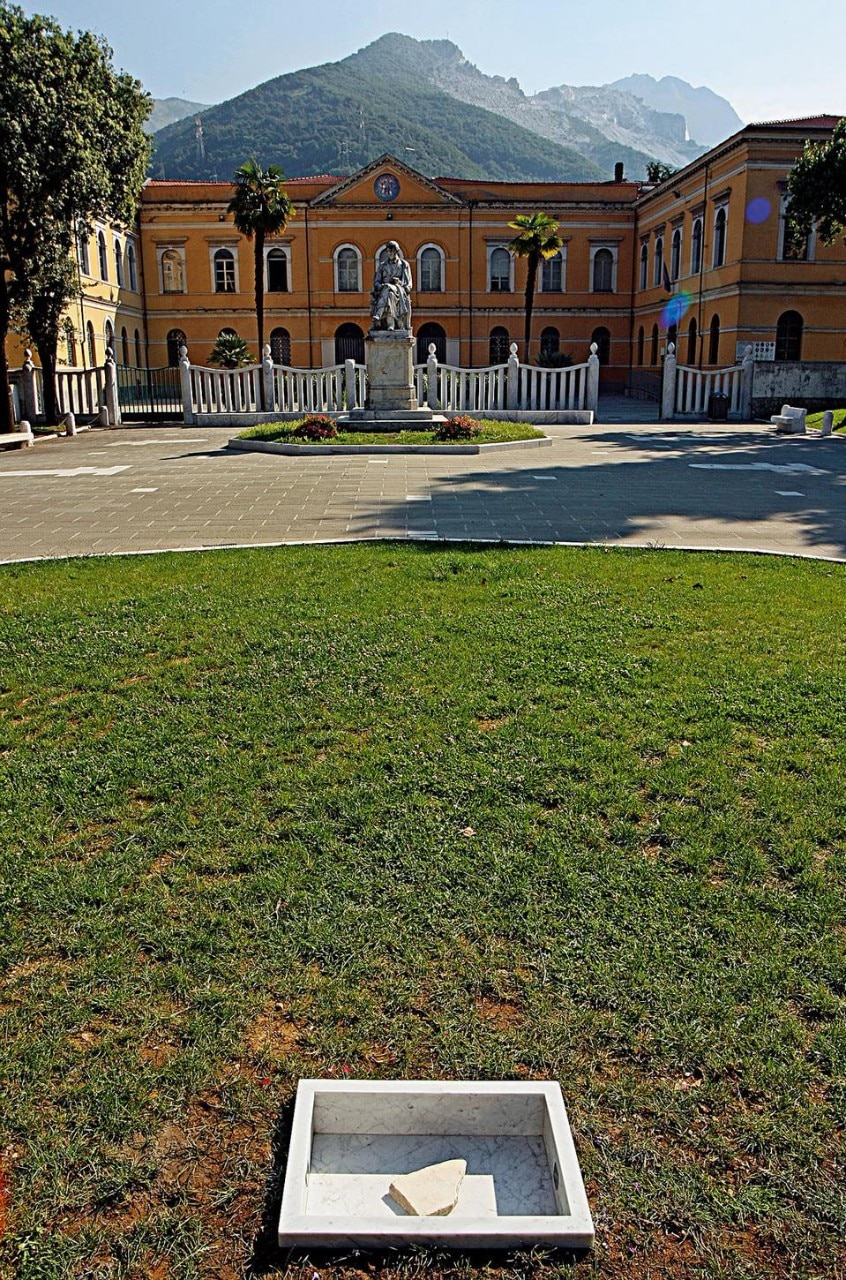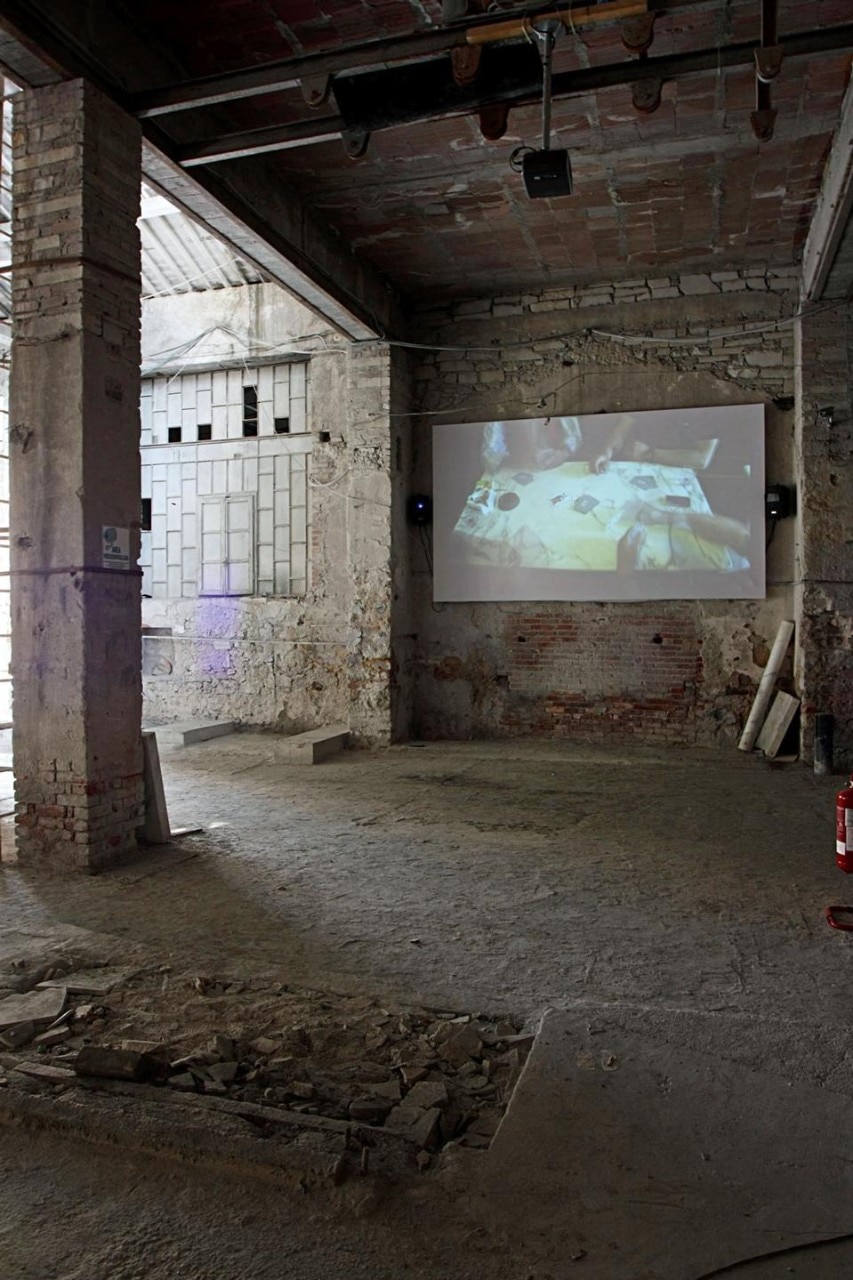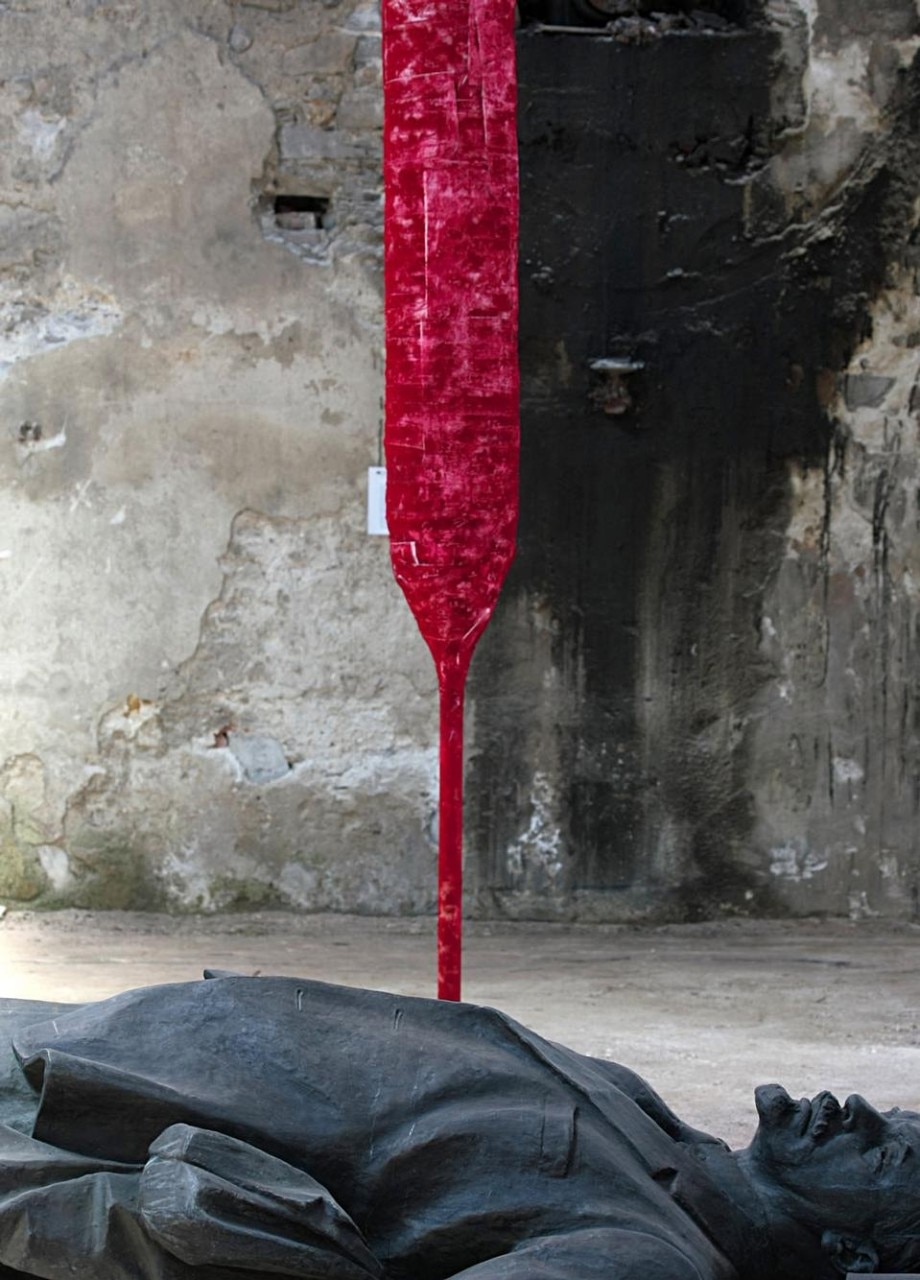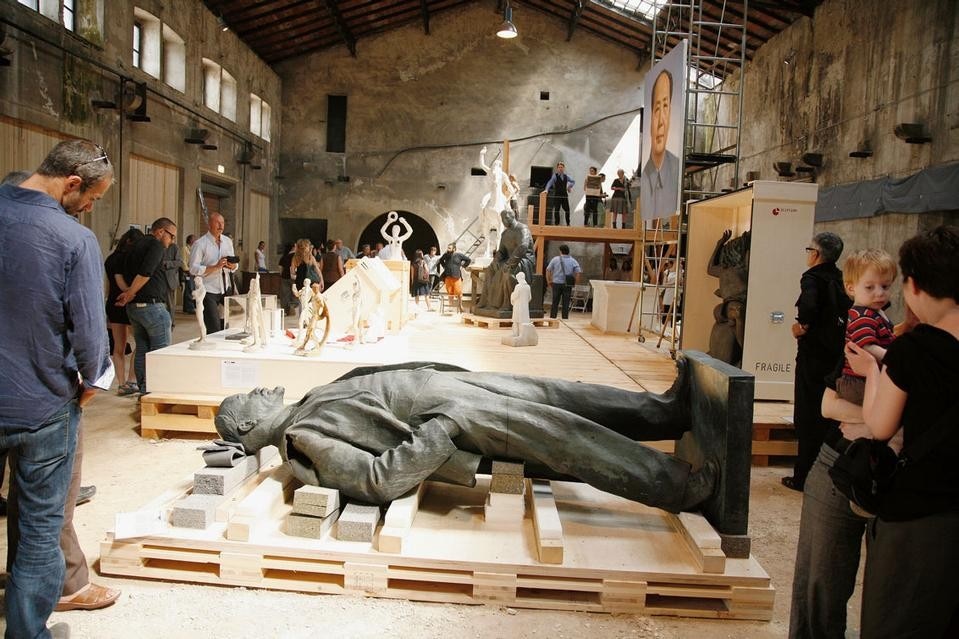The Carrara Biennale finally returned to the international biennial fold in 1996, 23 years after its 1973 event. The story of its host city, Carrara, unfolds along two imaginary paths – one of anarchism and one of marble quarrying. It was here, in the early 20th century, that the quarrymen's anarchic and trade union battles, led by the anarchist Alberto Meschi, reduced the working day to six and a half hours for the first time in Italy. But Michelangelo and Canova were also visitors to these butchered and flaking mountains, which stand strong despite centuries of quarrying. The obelisk erected in homage to Mussolini at the Foro Italico in Rome in 1932 was sculpted here and then transported by sea. The city continues to live in the perpetuation of a legend and an identity, around which the Carrara Biennale has tried to reopen a debate by questioning the topos of the monument-form and addressing more general issues on the future of sculpture.
One of the exhibition's characterising features lies in the choice of locations, pursuing a strategy recently adopted by Manifesta and the 2006 Berlin Biennale. A scattering of spaces creates a territory within disused sites linked to marble processing. Places shrouded in the white dust raised by the leftovers from processing illustrate the life but also the twilight of an industry that has marked the city's history. Carrara boasts a proud craft tradition of stonemasons, sculptors and engravers, nearly always true to the classical idea of sculpture but who, for the biennial, placed themselves at the service of great international names such as Cai Guo-Qiang, Antony Gormley and Paul McCarthy.
Fabio Cavallucci, the biennial's curator, posed them a question: where does the future of sculpture and monuments lie? The same question was addressed to entrepreneurs, marble workers and local public opinion, which, for example, was divided for months over Cattelan's proposal to replace the Mazzini statue in Piazza dell'Accademia with a copy of a statue of Bettino Craxi discovered in a workshop. In the late post-modern era, however, after the collapse of the Wall and the toppling of Saddam's statue, what is left for the monument?
Someone who contributed to this immense change, Mikhail Gorbachev, when interviewed by Cavallucci in the culture pages of The Times, sees it like this: "I have never praised the destruction of monuments. It is a silly, anti-historical act, which is like expecting you can annul the past. The past can never be erased from the memories of those who have experienced it."
Today, the monumentform seems to have disappeared in favour of great architecture, public works and more ambitious urban-regeneration projects. The monument conserves its elevated and celebratory dimension in Eastern Europe, where the sense of amazement at the destruction of the symbols of dictatorship is still felt. One thinks of Deimantas Narkevicius, who has urged onlookers to listen to the voice of an imprisoned anarchist, sounds that go straight to the heart, as a ray of light filters through a window on the other side of the wall. Nemanja Cvijanovic, a Croatian artist who has always explored the Socialist past, presented a monument in music form: a music box playing the Internationale amplified and worked by the visitors. Artur Zmijewski's videos illustrate normality via routine actions by following a day in the life of two marble workers.
The further we travel from Eastern Europe, the more the monument is de-monumentalised and, if anything, turned into a poetic, anti-sculptural gesture. One example is the work of the young Giorgio Andreotta Calò, who removed a block of marble using the old quarrymen's technique – creating a monument to those lost in the quarries – and installed it in the ascetic surroundings of an abandoned 18thcentury church. This sense of catharsis, of an end to the concept of monument, leads to the work of Rirkrit Tiravanija, who turned a local city square into a field of human relations by installing a large screen in marble that shows projected historical films about stone processing on one side and the World Cup football games on the other. Someone, however, looked at the majestic mountains, stripped bare by centuries of quarrying, and the dazzling white ravaneti (mounds of marble debris) reflecting the light of the Tyrrhenian Sea and thought he would take home what had been wrenched away over the centuries. Cyprien Gaillard decided to pay homage to Carrara's mountains by uncovering one of the marble tiles that lined the lobby of the World Trade Center until 9/11. The promise is that it will always stay there, buried in the square at the highest point of the city and turning the gaze to the blinding gleam of the landscape and history.
